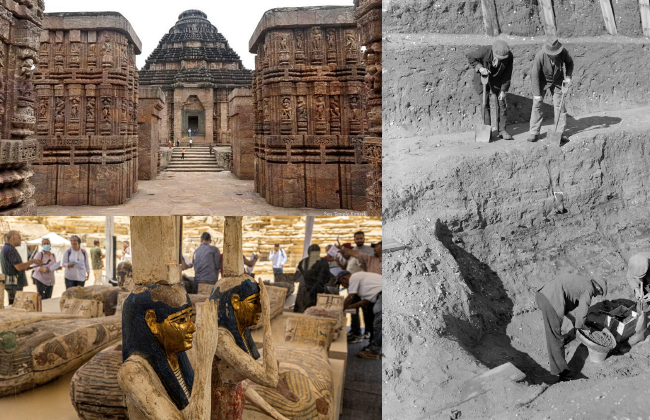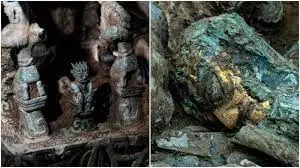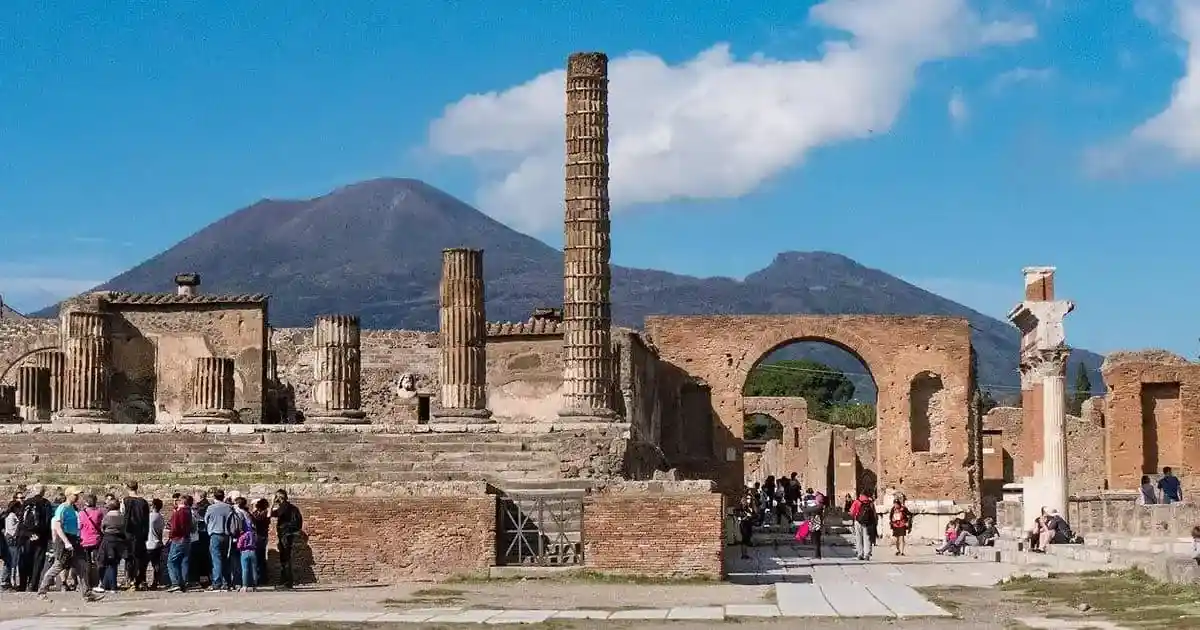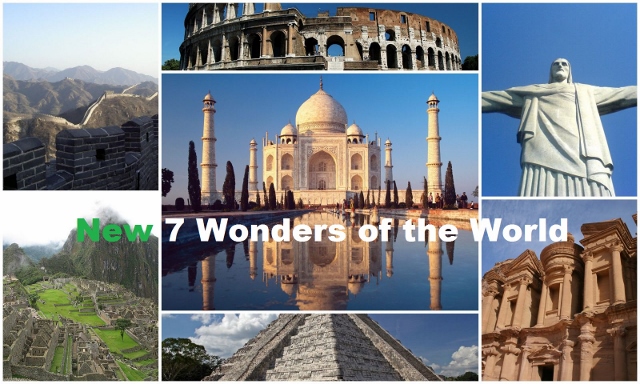Archaeological discoveries and excavations have revealed much about human history, providing a window into the past and helping us to understand our ancestors and their way of life. From ancient tombs to hidden cities, archaeologists have uncovered a wealth of information about past societies and cultures. In this article, we will explore some of the most significant archaeological discoveries and excavations in recent history.
The Tomb of Tutankhamun
One of the most famous archaeological discoveries of all time is the tomb of Tutankhamun, the young pharaoh who ruled Egypt in the 14th century BC. Discovered by British archaeologist Howard Carter in 1922, the tomb contained a treasure trove of priceless artifacts, including the famous gold mask of Tutankhamun. The discovery of the tomb sparked worldwide fascination with ancient Egypt and cemented Carter’s place in history as one of the greatest archaeologists of all time.
Pompeii>
The ancient city of Pompeii, located near modern-day Naples in Italy, was destroyed by the eruption of Mount Vesuvius in 79 AD. Buried under layers of volcanic ash, the city was lost to history until its rediscovery in the 18th century. Excavations of the site have revealed remarkably preserved buildings, artwork, and even human remains, providing valuable insights into ancient Roman life.
Machu Picchu
Located high in the Andes mountains of Peru, Machu Picchu is one of the most iconic archaeological sites in the world. Built by the Inca civilization in the 15th century, the site was abandoned just a century later and remained hidden from the outside world until its discovery by American explorer Hiram Bingham in 1911. Today, Machu Picchu attracts millions of visitors each year and remains an enduring symbol of Inca culture and architecture.
The Rosetta Stone
Discovered by a French soldier in Egypt in 1799, the Rosetta Stone is a granite slab inscribed with a decree issued at Memphis in 196 BC. The decree was written in three scripts: Greek, hieroglyphics, and demotic, and provided the key to deciphering ancient Egyptian hieroglyphics. The Rosetta Stone is now housed in the British Museum in London, where it remains one of the most popular exhibits.
Çatalhöyük
Located in modern-day Turkey, Çatalhöyük is one of the oldest and most well-preserved Neolithic sites in the world. The site was first excavated in the 1960s by British archaeologist James Mellaart, who uncovered a complex network of houses, shrines, and burial sites. The remains of the settlement provide a unique glimpse into the daily lives of Neolithic people, revealing a highly organized and artistic society that existed more than 9,000 years ago.
The Dead Sea Scrolls
Discovered in caves near the Dead Sea in the mid-20th century, the Dead Sea Scrolls are a collection of Jewish texts that date back to the Second Temple period (530 BC to 70 AD). The scrolls contain the earliest known surviving copies of the Hebrew Bible and shed new light on Jewish history and culture during this pivotal period.
Stonehenge
Located in southern England, Stonehenge is a prehistoric monument consisting of a ring of standing stones. The site was constructed over a period of several hundred years, beginning around 3000 BC, and remains one of the most enigmatic and mysterious archaeological sites in the world. The purpose and function of Stonehenge remain a subject of debate among scholars and archaeologists.
Conclusion
Archaeological discoveries and excavations have helped to shape our understanding of human history, revealing the secrets of ancient civilizations and cultures.
![]()






One thought on “Archaeological Discoveries and Excavations”